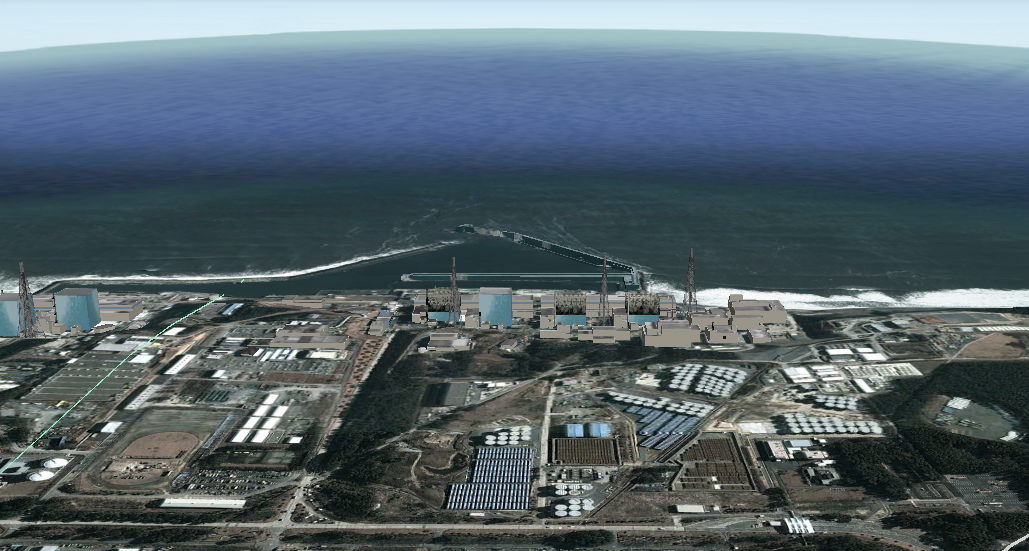This is the second post in a four-part series on the Fukushima disaster and the science behind what happened. Click here to read Part 1: How a Nuclear Plant Works.

The 9.0 magnitude Tohoku-Oki earthquake that struck roughly 80 miles off the east coast of Japan on March 11, 2011 was a big one—the fourth largest earthquake ever recorded. A quake’s magnitude is determined by a few factors, including the area of the fault (the crack in the earth’s crust) that is broken by the quake, the fault slip (the distance that rock slides along a fault surface after it breaks), how rigid the rocks are near the fault, and the depth of the fault slip.

With the Tohoku earthquake, much of the fault slip happened at an unusually shallow point in the Earth’s crust. “In most earthquakes, the greatest slip tends to occur deeper, but here the earthquake started to slip more as it propagated toward the earth surface,” explained Heather Savage, Research Professor in Seismology, Geology, and Tectonophysics at the Lamont-Doherty Earth Observatory. “There was potentially around 50 meters of slip along the fault up to the sea floor.” The slip grew as the rupture approached the surface, causing more surface deformation.
When the rupture thrust up the sea floor, it prompted the tsunami; the motion of the floor displaced the overlying water, instigating the wave. “The upward motion does not need to be great for a significant tsunami to form,” Savage said.
One possible reason for the unusual amount of slippage: low friction at the fault. In a trio of papers published in Science magazine in December 2013, scientists reported that friction on the fault was remarkably low during the Tohoku earthquake. “The Tohoku fault is more slippery than anyone expected,” Emily Brodsky, a geophysicist at the University of California, Santa Cruz, and coauthor of the three papers, said in a statement. An abundance of weak, slippery clay material in the fault zone may account for the low friction, which can facilitate a greater slip.
Incidentally, the Tohoku fault, which exists at a “subduction zone” (where the Pacific plate dives beneath the Eurasian plate), is also very thin. The fault was less than five meters thick where it was measured, making it potentially the thinnest plate boundary on earth. (California’s San Andreas fault, by contrast, is several kilometers thick in places.) The thinness of the Tohoku fault may have contributed to the earthquake’s intensity, and suggests that other subduction zones in the northwest Pacific Ocean, where this type of clay is present, are capable of generating similarly large earthquakes.
Click here to read Part 3: Meltdown and Clean up.
Comments